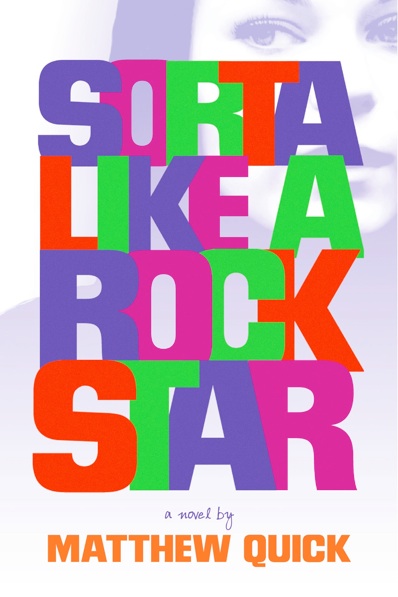 I’m not usually a reader of much fantasy, and in my reading years, I’ve definitely neglected the fairy tale sorts of fantasy. They don’t really appeal to me. However, I know that there are a number of writers that teens love in this genre: Mette Ivie Harrison, Shannon Hale, Jessica Day George, and more recently, thanks to The Amaranth Enchantment, Julie Berry. Because I know this is a popular genre, I wanted to give Berry’s newest, Secondhand Charm, a shot. I’m glad I did.
I’m not usually a reader of much fantasy, and in my reading years, I’ve definitely neglected the fairy tale sorts of fantasy. They don’t really appeal to me. However, I know that there are a number of writers that teens love in this genre: Mette Ivie Harrison, Shannon Hale, Jessica Day George, and more recently, thanks to The Amaranth Enchantment, Julie Berry. Because I know this is a popular genre, I wanted to give Berry’s newest, Secondhand Charm, a shot. I’m glad I did.
Evie lives in a small, secluded village with her grandfather. She’s been blessed with the power of healing, too. She herself is rarely, if ever, sick and when a poor villager or visitor falls ill, she is able to nurse them quite quickly back to health. Oh, and the stonemason’s son has taken quite a shine to her, even if she hasn’t noticed. Evie wants to do a little more in her life, especially since she has a bit of a natural talent, but living in such a remote village won’t permit her to do so easily.
That is, until the big announcement that the King is coming to their village’s festival. When the townspeople scramble to put together the festival and the king arrives, Evie’s intellect and skills catch his attention when one of his footmen becomes ill. Her offers her the chance of a lifetime by extending her the money and admission to the University. The only catch, of course, is she must get there.
While at the festival herself, Evie purchases three charms from a gypsy, and those charms might be just the things that help or hinder her trip to the University. Is Evie the possessor of serpentine powers that she’s never known about? Could this unravel truths about why her mother is gone or help her see what the stonemason’s son could offer her life?
Secondhand Charm, despite not necessarily being the genre I’m comfortable with, was an enjoyable read. I felt the world was pretty easy to fall into because it was more fairy tale than fantasy. Evie was a great character, and I rooted for her throughout the entire book. She gets into a couple of tough positions on her way to the University, but I was always on her side. It’d be tough not to like a girl who has drive and desire to be a healer and get to school. Catching the attention of the king for her intellect, rather than simply beauty, just made me like her that much more.
The mythos of the serpentine powers worked quite well, too. I did find some of these passages in the story a little clunky, which may be the result of my inexperience as a reader, rather than the author’s writing. As far as plotting, this story does it well, moving at a solid pace as Evie travels, then encounters a bit of a challenge in actually getting to the end point. Even the road blocks that come up — a ship fight, a marriage between two people who shouldn’t be wed, the discovery of a horrible scene to steal land from the king, and the whole keeping a serpent hidden under one’s clothing for protection — don’t come off too quickly or drag too long. The only challenge I did have was a bit too much “tell” when Evie learns of potential serpentine powers from Annalise. The use of the charms Evie picks up on a whim works conveniently, as readers will discover at the end of the book. I quite liked this element of the story, as I wondered to myself more than once when certain charms would show up.
Because this is a clean story, with no language issues, and because it falls into the fantasy/fairy tale genre, this is a perfectly good story to hand off to your younger readers. The book suggests the audience as 10-14 year olds, and I think that’s spot on. Older teens will appreciate it, but I think this might be a true “tween” book. There seem to be few stories of this ilk aimed at that audience (much more traditional fantasy tends to be published here). Plus, isn’t this the age that dreams like Evie and hopes to change their lot through fantasy? Fortunately, they’ll discover that it’s truly Evie who held the reins entirely, changing the course of her life with her own intelligence and strong will.
















